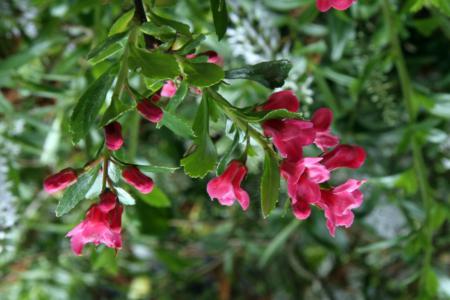Murucuja
(Murucuja)

Description
Passion flowers have unique floral structures, which in most cases require biotic pollination. Pollinators of Passiflora include bumblebees, carpenter bees (Xylocopa varipuncta), wasps, bats, and hummingbirds (especially hermits such as Phaethornis); some others are additionally capable of self-pollination. Passiflora often exhibit high levels of pollinator specificity, which has led to frequent coevolution across the genus. The sword-billed hummingbird (Ensifera ensifera) is a notable example: it, with its immensely elongated bill, is the sole pollinator of 37 species of high Andean Passiflora in the supersection Tacsonia. The leaves are used for feeding by the larvae of a number of species of Lepidoptera. Famously, they are exclusively targeted by many butterfly species of the tribe Heliconiini. The many defensive adaptations visible on Passiflora include diverse leaf shapes (which help disguise their identity), colored nubs (which mimic butterfly eggs and can deter Heliconians from ovipositing on a seemingly crowded leaf), extrafloral nectaries, trichomes, variegation, and chemical defenses. These, combined with adaptations on the part of the butterflies, were important in the foundation of coevolutionary theory.
Taxonomic tree:







